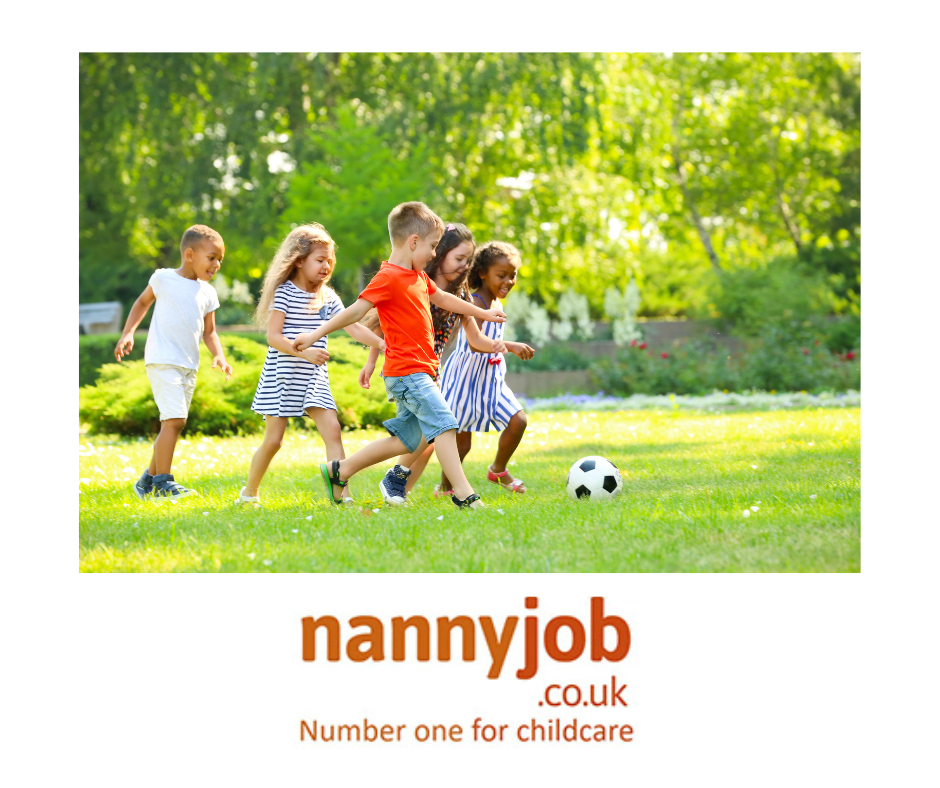When employing a nanny or diving into a new job as a nanny, the initial weeks are often filled with excitement, new routines, and adjustments. However, by the two-week mark, a phenomenon often referred to as the ‘two-week itch’ might set in. It’s that phase when the honeymoon period fades, and both parties might identify things they’re not entirely comfortable with. How can both parties navigate this delicate period with grace, professionalism, and mutual respect?
Understanding the Two-Week Itch
For both parents and nannies, the ‘itch’ can stem from the realization of unforeseen challenges, differences in childcare approaches, or even matters as subtle as personality clashes. While some of these issues can be resolved through open communication, there are instances where the arrangement might not be salvageable.
The Dilemma of Giving Notice
In today’s fast-paced world, decisions need to be made swiftly. Whether it’s a parent feeling the need to change the nanny or the nanny seeking another job, it’s crucial to remember the contractual agreements. Although the probationary period might allow for shorter notice, typically a week, it’s always advised to maintain transparency.
The Right Way to Communicate
- Written Notice: Although not necessary, providing reasons can clear the air. Whether you choose to explain or not, ensure the notice is in written form for clarity and record.
- Honest Dialogue: While it might be tough, discussing the reasons behind the decision can sometimes lead to unexpected resolutions. After all, understanding is the first step to potential adjustments.
- Timing is Everything: Choose a time where distractions are at a minimum. Avoid times just before stepping out or when children are around, ensuring a comprehensive discussion.
Navigating the Notice Period
Post-notice, the environment might be tense given the implied personal rejection. Both parents and nannies might grapple with feelings of doubt, mistrust, or even resentment. Yet, for the sake of the children and professional ethics, it’s paramount to maintain a courteous relationship.
It’s worth noting that future references might take this period into account. As an employer, if choosing to terminate the contract, ensure the reasons are known to the nanny, especially if these will be voiced in a verbal reference.
In Conclusion
The ‘two-week itch’ is a critical juncture in the nanny employment journey. Tackling it requires patience, understanding, and most importantly, open communication. With mutual respect and professionalism, this period can transition from a potential challenge to a stepping stone for a fruitful relationship.










